 WW1 Imperial Japanese Naval Aviation
WW1 Imperial Japanese Naval Aviation
Imperial Japanese Air Service
The Japanese Imperial Air Service was started in 1911 and was rapidly developed. In 1918 it was th largest of such services in the far east, with several seaplanes carriers and IJN Hosho as its first purpose built aircraft carrier being launched the next year, in advance of HMS Hermes.From the outset, Japan showed quickly interest for aviation. But the IJAA (Army Air Service) was the first of the two branches (before the Navy) to create its own organized service. The Imperial Japanese Army Air Service (IJAAS) also called the Imperial Japanese Army Air Force (Dainippon Teikoku Rikugun Kōkūbutai) followe the western renaming, was Japan's earlier aviation force and at first was following the German Army's own interest in the field of aviation. It followed the model of the Imperial German Army Aviation providing tactical close air support for ground forces, and aerial reconnaissance to other branches, including the Navy. It's originally artillery battalions that controlled these early light aircraft and balloons. Long-range bombing/attack/strategic air defense were developed before the Pacific War and it's only by 1945 that the two rival branches (IJNA and IJAAF) banded together to defend the home islands.
The Japanese military already looked at captive balloons in the 1860s, seeing such developments in Europe. Foreign mercenaries provided such sevices already during the Boshin war for the Emperor's armies. But the first experimental ascent by a Japanese aeronaut was in 1874 at the cadet military school. Balloons were made in Japan from 1877 based on a French model for the Army, and under Yamada Isaburô, a first hydrogen balloon was created in 1897. In 1900 her presented a "kite balloon" to the Imperial Japanese Army. The latter had them in use during the Russo-Japanese War of 1904-1905 already, performing for artillery spotting. They proved decisive during the shelling of the Russian fleet of the Pacific inside Port Arthur.

Gen. Eisuke Yamamoto
In 1907, Lieutenant Commander Eisuke Yamamoto approached General Masatake Terauchi (Army minister) and Admiral Minoru Saito (Navy minister) with an aeronautical policy to have a shared, permanent dedicated military balloon unit. In 1909, efforts were done in the Imperial Japanese Navy and the Tokyo Imperial University to create the Rinji Gunyo Kikyu Kenkyukai or "Temporary Military Balloon Research Association" chaired by Major General Masahiko Obama and active until 1920.
By March 1909 Lieutenant Hino (founder of the first state manufacture of aircrafts) and Navy Engineer Sanji Narahara designed each an aircraft for both branches needs, but the Navy seemed the most proactive in this. Narahara flew hos own aircraft on 5 May 1910, first Japanese built model to fly. However the underdeveloped state of Japanese industry urged both the Army and Navy to use foreign aircraft nd buildup sufficient technical skill in Japan.

Farman III, used by the two branches on 1910 and following models were used until WWI.
In 1910, Captain Yoshitoshi Tokugawa and Captain Hino Kumazō sailed to France and Germany respectively, to become the first trained pilots, and purchase models for further tests in Japan. The Japanese Army purchased a Farman biplane and Grade monoplane in France. On December 19, 1909, Captain Tokugawa made with his Farman III back in Japan the first powered flight at home over the Yoyogi Parade Ground in Tokyo. In 1911 more aircraft were imported and a local version of the Farman III was created, the Kaishiki No.1, flown by Captain Togugawa. But in 1911 the navy argued that it needed really tailored models, and the Navy aviation was definitely separated, and thus, was created the IJNA the same year.
Birth of the IJNA
While Eisuke Yamamoto since 1907, from Lieutenant Commander in the general staff became General and continue to milite for a powerful aviation corps for the Army, naval engineer Baron Narahara in 1909 financed and created the first design of a Japanese aircraft, but importations followed from 1910 through to 1915 for the two branches. The Navy had its pilots trained abroad and returned to Japan as instructors, being numerous enough for the creation in 1912 the first Japanese naval air station (NAS) at Oppama. It was headed by (ret.) naval Lieutenant Chikuhei Nakajima, which later cteated the famous Aviation Company bearing his name, responsible of the bulk of Japanese aero industry until the end of WW2.IJN Farman MF.7
IJN Yokosho Type Mo
Yokosho Rogou Kougata (1917)
Yokosuka Igo-Ko (1920)
Work in Progress !
Aviation Pioneer: Toyotarō Yamagata
The siege of Tsingtao


September 1914 marked the very first naval air attack and the beginning of the history of Japanese aircraft carriers. The Wakamiya was originally a Russian freighter captured during the Russo-Japanese War. She was converted into a seaplane carrier and completed on 17 August 1914. She had two seaplanes on deck and two in reserve. We are on the seaplane carrier Wakamiya, during crane operations on the Maurice Farman MF.7. With these MF.7s, the Wakamiya carried out the world's first naval air raids, including reconnaissance and light (and inaccurate) bombing missions. from September to November 1914, at the start of World War I, from Kiaochow Bay during the siege of Tsingtao, China.
It is possible that an aerial combat took place, with the loss of an MF. 7:
"Lieutenant Plüschow again encountered a Japanese aircraft, one of the Japanese Navy's Farman MF.7 biplanes which was conducting reconnaissance over the port of Tsingtao. Since his previous encounter he had begun flying with a gun Pointing his slightly faster Taube aircraft at the Japanese flying boat, he slowly closed the distance, approached, drew his pistol and shot the Japanese pilot. It is unclear whether he seriously injured him. or if he killed him instantly, but the Japanese plane subsequently crashed. Thus, Lieutenant Plüschow claimed to be the first in aviation history to achieve an aerial victory. Japanese pilot died." Unconfirmed loss on the Japanese side, therefore to be taken conditionally.Later, in April 1920, this ship was modified with the construction of a 15 meter take-off deck above its bow. On June 22, 1920, Lieutenant Torao Kuwabara made the first successful takeoff by a Japanese pilot from an aircraft carrier. This bridge only allowed takeoff, and it is not specified where the Sopwith Pup was to land. The small Sopwith Pup was officially declared obsolete by the RAF in December 1918, but its low-speed flying qualities and ease of piloting allowed it to make these short takeoffs, appreciated for these tests in Japan.
It remained to imitate the exploits of the American Eugène B.Ely who took off in 1910 from the light battleship Birmingham and made the first landing on the battleship Pennsylvania in 1911, or in 1917 those of the British Edwin Harris Dunning who was the first in the world to land on a moving aircraft carrier. In December 1922, Hōshō was commissioned. She was the world's first commissioned ship built specifically as an aircraft carrier, and the first trials took place in 1923.
Towards IJN Hōshō, the world's first purpose built carrier

The IJN Hōshō (鳳翔) was a significant milestone in naval aviation history, being the world's first purpose-built aircraft carrier. It was ordered in 1919, laid Down in December 16, 1920, launched: November 13, 1921 and commissioned: December 27, 1922. Hōshō participated in various fleet exercises and maneuvers, testing the operational viability of aircraft carriers in naval warfare. It Continued to be a crucial asset for the Imperial Japanese Navy (IJN), refining carrier tactics and training pilots. In the Second Sino-Japanese War she provided air support and reconnaissance in various operations against Chinese forces. In WW2 she Played a secondary role due to her relatively small size and limited capacity compared to newer carriers.
She took part in the Battle of Midway in a support role, providing aircraft recovery services. Afterwards she was relegated primarily to training duties. 1924–1925 her flight deck and hangar were modified to accommodate larger and more modern aircraft. In 1932–1933 she had further upgrades to improve flight operations and enhance anti-aircraft defenses. She survived the war, stricken on November 30, 1945, converted to a repatriation ship and used to transport Japanese soldiers and civilians back to Japan. Afterwards she was scrapped in 1946-1947 but would remained at a prominent place in naval history as a pioneer in aircraft carrier design and operations. Her service spanned over two decades, witnessing significant developments in naval aviation and warfare tactics.
Specifications
Displacement: 7,470 tons (standard), 9,494 tons (full load)Dimensions: 168.25 meters (552 ft) x 17.98 meters (59 ft) x 6.17 meters (20 ft 3 in)
Propulsion: 2 shaft Parsons geared turbines, 8 Kampon boilers, producing 30,000 shp (22 MW)
Speed: 25 knots (46 km/h; 29 mph)
Range: 8,680 nautical miles (16,080 km; 9,990 mi) at 10 knots (19 km/h; 12 mph)
Complement: 512 crew members
Aircraft Capacity: Initially designed for 26 aircraft; later, this varied as aircraft sizes increased.
Armament: 4 × 140 mm (5.5 in) Type 3 naval guns, 2 × 8 cm/40 3rd Year Type anti-aircraft guns
Japanese Flotplanes/seaplanes
 Farman 1914
Farman 1914
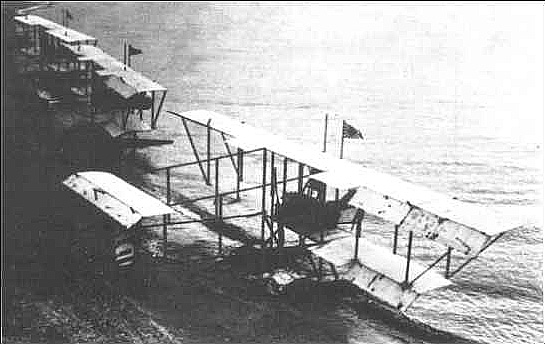
The Maurice Farman MF.11 Shorthorn is a French aircraft developed before World War I for reconnaissance and as light bomber and from 1916, relegated to training. It was a pusher with unequal-span biplane like the earlier MF.7, but had no forward-mounted elevator, and for single tail surface with a pair of rudders. The mounting of the nacelle for crew and engine was done in the gap between the two wings. The observer manned a MG, but its position was changed from the rear seat to the front for the field of fire. On 6 September 1914 the world's first air-sea battle took place during the Siege of Tsing tao, in which Japanese Farman MF.11 launched the seaplane carrier Wakamiya unsuccessfully attacked SMS Kaiserin Elisabeth with bombs. They however took part in many other operations.
Specs
Crew: 2 (pilot & observer/gunner)Dimensions: 9.45 m (31 ft) x 3.18 m (10 ft 5 in)
Wingspan 16.15 m (53 ft), Wing area: 57 m2 (610 sq ft)
Weight empty 550 kg (1,213 lb), Gross 928 kg (2,046 lb)
Powerplant: Renault 8D V-8 air-cooled piston engine, 75 kW (101 hp) with a 4-bladed fixed-pitch pusher propeller
106 km/h (66 mph, 57 kn), 3 hours 45 minutes flight up to 3,800 m (12,500 ft)
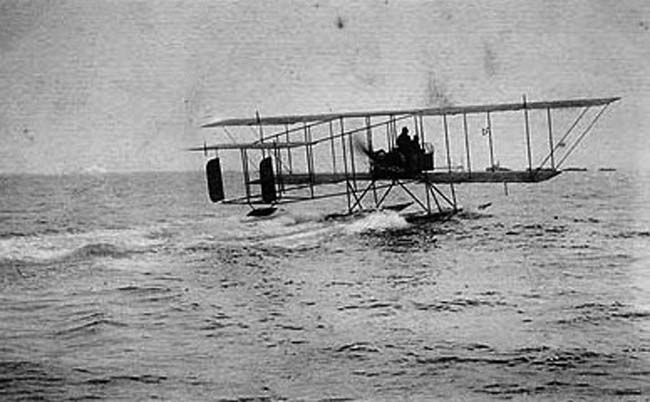
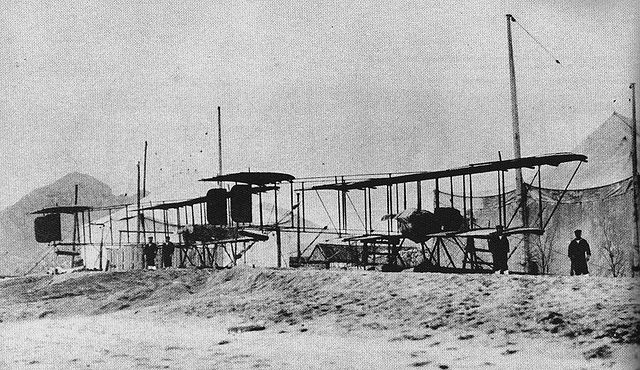

 Yokosho YokoSho Mo (1913)
Yokosho YokoSho Mo (1913)
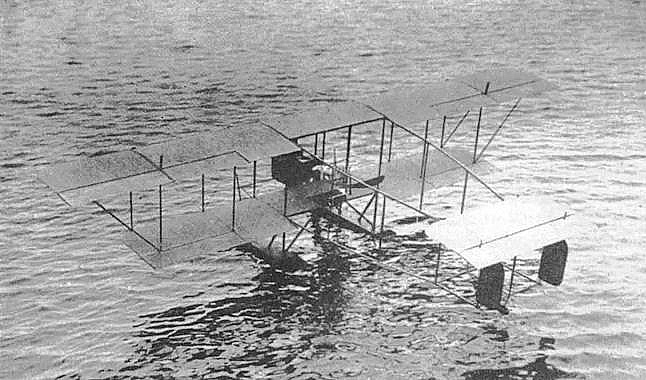
Navy Mo Small Seaplane:
The first two Maurice Farman Seaplanes were imported into Japan by the Navy and assembled at Oppama for initial flying demonstrations in October and November 1912. An additional two were purchased and used for flying training over a considerable period. The relatively simple construction was soon copied by the Yokosuka Naval Arsenal which added a small number to the four already imported. Being of the same type as that of the Army, they received the same short designation Type 10 Small Seaplane. These had fabric-covered wooden structures and were equipped with twin Tellier-type wooden floats. The two seats were in tandem in a fuselage pod, with a 70hp Renault pusher engine in the rear. Several built beginning in July 1913.When the Tsingtao Campaign erupted in September 1914, three of the imported Type Mo Small Seaplanes, together with one imported Type Mo Large Seaplane, were carried by the seaplane tender Wakarniya to participate in the campaign. They were soon joined by a fourth aircraft which was a japanese-made Type Mo Small Seaplane of the same type. These aeroplanes, manned by seven pilots during this two-month operation, succeeded in making 49 sorties during which they dropped 199 bombs. Working with Army aircraft in these air operations, they were unsuccessful in attacks on their most important target, the cruiser Kaiserin Elisabeth, but did succeed in sinking one small torpedo-boat with bombing attacks.
Specs
Single-engine twin-float pusher biplane reconnaissance/bomber.Wooden structure with fabric covering.
Crew of two in open cockpit.
70hp Renault eight-cylinder vee aircooled engine, driving a two-bladed wooden propeller.
Span 15.50m (58ft 10 1/4in); length 10.14m (33ft 3in); height 3.80m (12ft 5 1/2in); wing area 56sq m 602.798sq ft).
Empty weight 650kg (1,433Ib); loaded weight 855kg (1,884Ib).
Maximum speed 46kt (53mph) at sea level; climb to 500m (1,640ft) in 11min; service ceiling 1,500m (4,921ft); endurance 3hr.
Navy YokoSho Mo Large Seaplane
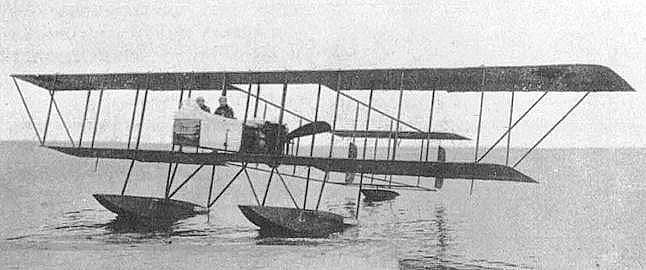
The Maurice Farman 1914 was a large seaplane with a 100hp engine which the Navy imported from France in 1914. Designated Type Mo Large Seaplane, it was superior in general performance to the Type Mo Small Seaplane, particularly in its operational altitude of 3,000m (9,843ft). The aeroplane was larger than the 1912 model and could carry a crew of three. Soon after its arrival from France the aeroplane was deployed aboard the seaplane tender Wakamiya in support of the Tsingtao Campaign in September 1914, along with the three Type Mo Small Seaplanes. They were used in this operation for reconnaissance, spotting of German mines, and bombing missions. Production of the Type Mo Large Seaplane was undertaken by the Yokosuka Naval Arsenal with few changes. Most noteworthy was the change of engine to the 100hp Benz instead of the 100hp Renault installed in the imported example. Eventually these Type Mo Large Seaplanes were redesignated Ro-go Otsu-gata. At least fifteen built
It was only natural to continually test the capabilities of these and other aircraft with long-distance and duration flights. On 4 March, 1915, Lieut Kishichi Umakoshi piloted one of the Ro-go Otsu-gata (serial No.2) for nearly eight hours over a closed course Oppama, Yokosuka, Yokohama, Bohsou coastline, Miura Peninsula, and back to Oppama. This endurance record was soon broken by a similar aircraft that recorded a duration of 10hr 5min, covering 434nm (500 sm), and, with another, an altitude of 3,500m (11,500ft) was recorded. The first fatal accident involving japanese Naval aviators occurred with one of the Yokosho-made aircraft (serial No.15) when it crashed at sea on 6 March, 1915, with Sub-Lieuts Tozaburo Adachi and Takao Takerube along with W/O 3/c Hisanojo Yanase on board, killing all three.
Specs
Single-engine twin-float pusher biplane reconnaissance/bomber with enclosed crew nacelle.Wooden structure with fabric covering.
Crew of three in open cockpit.
100hp Benz six-cylinder inline watercooled engine, driving a two-bladed wooden propeller.
Span 19.02m (62ft 5in); length 9.43m (30ft 11 1/4in); height 4m (13ft 1 1/2in); wing area 50sq m (538.213sq ft).
Empty weight 995kg (2,193Ib); loaded weight 1,363kg (3,004Ib).
Maximum speed 52kt (59.8mph) at sea level; climb to 1,000m (3,280ft) in 25min; endurance 4 1/2-6 1/2hr.
 Yokosho Rogou Kougata (1917)
Yokosho Rogou Kougata (1917)
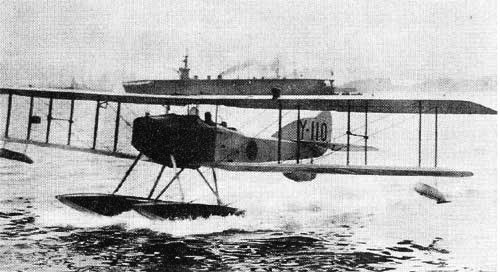
The Yokosuka Ro-go Ko-gata (YokoSho-shiki Ro-go Ko-gata) was a Japanese reconnaissance floatplane made b y the newly created Japanese Navy Arsenal at Yokosuka, one of the first locally designed Japanese aircraft in production. 218 were built indeed for the Imperial Japanese Navy, used until 1928. The Japanese Navy Arsenal (Hiro) at Yokosuka started in 1913 after being set up, and prodiced local copies of the Maurice Farman, and Curtiss Seaplanes as well as models under license from Farman aircraft and Short, like the famous Short 184 seaplanes, plus prototypes.
In 1917, Chikuhei Nakajima (chief designer) of the arsenal, designed a new reconnaissance floatplane to replace existing Farman and Shoprt models, taking the best features of both. The first prototype was powered by a 140 hp (104 kW) French Salmson water-cooled radial engine. It made its maiden flight early in 1918 and trials were successful, so production was greenlighted as the Ro-go Ko-gata.
It was a three-bay biplane, wooden and fabric, showing twin main floats, but also like the Short, wings folding backwards for storage. The crew of two sat in separate and closely spaced cockpits. Early serie was powered by a 200 hp (149 kW) Salmson engine, but later prodeuciton had the 200–220 hp (149–164 kW) Mitsubishi-built Hispano-Suiza 8 V-8 engine made under licence. The first Mistubishi inline watercooled aviation engine.
From 218 aircraft total, 32 were made the Yokosuka arsenal, 80 by Aichi and 106 by Nakajima from 1918 to 1924. It is relevant to this topic was the first IJN model designed and built in Japan and produced in large numbers. Three were modified in 1919 to test long-range flights, with a seat rteplaced by additional fuel. One of these made 1,300 km (808 mi) in 11 hours, 35 min on 20 April 1919, a world record in that category. They were renamed the Yokosho-Type Reconnaissance Seaplane in 1923, retired, and after 1926, sold for civilian use, delivering airmail until 1928.
Specs
to come Hanza-shiki suijō teisatsuki (1919)
Hanza-shiki suijō teisatsuki (1919)
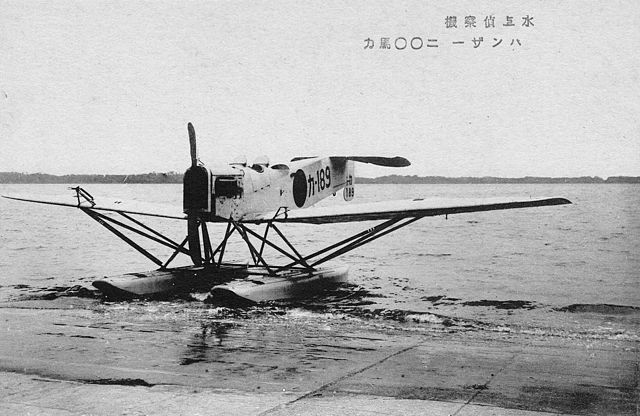
Licensed built Hansa-Brandenburg W.29s, replacing pusher Farmans. ハンザ式水上偵察機, Hansa Type Reconnaissance Floatplane was a modified model in Japan to use a 200-horsepower (150 kW) license-built Hispano-Suiza 8B V-8 engine. It was armed with a 7.7-millimeter (0.303 in) machine gun on a flexible mount. The Imperial Japanese Navy tested the W.29 in 1918 and adopted it for service, with approximately 180 built by the Nakajima Aircraft Company and Aichi Kokuki. They entered service in late 1918 and until 1921.
Specs
Crew: 2 (pilot & observer/gunner) Dimensions: 9.36 m (30 ft 9 in) x 3 m (9 ft 10 in) tallWingspan: 13.5 m (44 ft 3 in), wing area 32.2 m2 (347 sq ft)
Weight: Empty 1,000 kg (2,205 lb), Gross 1,494 kg (3,294 lb)
Powerplant: Benz Bz.III 6-cyl. water-cooled in-line 112 kW (150 hp), 2-bladed fixed-pitch propeller
Perfs: 175 km/h (109 mph, 94 kn), RA 520 km (320 mi, 280 nmi) or 4 hours, 5,000 m (16,000 ft)
Armament: 2x fixed forward 8 mm machine guns, 8 mm rear cockpit.
 Yokosuka Igo-Ko (1920)
Yokosuka Igo-Ko (1920)
Sources
Imperial Japanese Air Servicej-hangarspace.jp
usni.org how japan developed carrier aviation
aviationofjapan.com
Thesis: Japan’s “Carrier Revolution” in the Interwar Period
thediplomat.com
Yokosuka_Naval_Air_Technical_Arsenal
weaponsandwarfare.com
fly.historicwings.com
japanese-aviation.forumotion.com/
warthunder.com/
Imperial Japanese Army Air Service
- Lohner E (1913)
- Macchi M3 (1916)
- Macchi M5 (1918)
- Ansaldo ISVA (1918)
- Sopwith Baby (1916)
- Short 184 (1916)
- Fairey Campania (1917)
- Sopwith Cuckoo (1917)
- Felixstowe F.2 (1917)
- Friedrichshafen FF 33 (1916)
- Albatros W4 (1916)
- Albatros W8 (1918)
- Hanriot HD.2
- Grigorovitch M5
- IJN Farman MF.7
- IJN Yokosho Type Mo
- Yokosho Rogou Kougata (1917)
- Yokosuka Igo-Ko (1920)
- Curtiss N9 (1916)
- Aeromarine 39
- Vought VE-7
- Douglas DT (1921)
- Boeing FB.5 (1923)
- Boeing F4B (1928)
- Vought O2U/O3U Corsair (1928)
- Blackburn Blackburn (1922)
- Supermarine Seagull (1922)
- Blackburn Ripon (1926)
- Fairey IIIF (1927)
- Fairey Seal (1930)
- LGL-32 C.1 (1927)
- Caspar U1 (1921)
- Dornier Do J Wal (1922)
- Rohrbach R-III (1924)
- Mitsubishi 1MF (1923)
- Mitsubishi B1M (1923)
- Yokosuka E1Y (1923)
- Nakajima A1N (1927)
- Nakajima E2N (1927)
- Mitsubishi B2M (1927)
- Nakajima A4N (1929)
- CANT 18
WW1
✠ K.u.K. Seefliegerkorps:
 Italian Naval Aviation
Italian Naval Aviation
 RNAS
RNAS
 Marineflieger
Marineflieger
 French Naval Aviation
French Naval Aviation
 Russian Naval Aviation
Russian Naval Aviation
 IJN Air Service
IJN Air Service
 USA
USA
Interwar
 Interwar US
Interwar US
 Interwar Britain
Interwar Britain
 Interwar France
Interwar France
 Interwar Germany
Interwar Germany
 Interwar Japan
Interwar Japan
 Interwar Italy
Interwar Italy
- Curtiss SOC seagull (1934)
- Grumman FF (1931)
- Curtiss F11C Goshawk (1932)
- Grumman F2F (1933)
- Grumman F3F (1935)
- Northrop BT-1 (1935)
- Grumman J2F Duck (1936)
- Consolidated PBY Catalina (1935)
- Brewster/NAF SBN-1 (1936)
- Curtiss SBC Helldiver (1936)
- Vought SB2U Vindicator (1936)
- Brewster F2A Buffalo (1937)
- Douglas TBD Devastator (1937)
- Vought Kingfisher (1938)
- Curtiss SO3C Seamew (1939)
- Douglas SBD Dauntless (1939)
- Grumman F4F Wildcat (1940)
- F4U Corsair (NE) (1940)
- Brewster SB2A Buccaneer (1941)
- Grumman TBF/TBM Avenger (1941)
- Consolidated TBY Sea Wolf (1941)
- Grumman F6F Hellcat (1942)
- Curtiss SB2C Helldiver (1942)
- Curtiss SC Seahawk (1944)
- Grumman F8F Bearcat (1944)
- Ryan FR-1 Fireball (1944)
- Douglas AD-1 Skyraider (1945)
Fleet Air Arm
- Fairey Swordfish (1934)
- Blackburn Shark (1934)
- Supermarine Walrus (1936)
- Fairey Seafox (1936)
- Blackburn Skua (1937)
- Short Sunderland (1937)
- Blackburn Roc (1938)
- Fairey Albacore (1940)
- Fairey Fulmar (1940)
- Grumman Martlet (1941)
- Hawker sea Hurricane (1941)
- Brewster Bermuda (1942)
- Fairey Barracuda (1943)
- Fairey Firefly (1943)
- Grumman Tarpon (1943)
- Grumman Gannet (1943)
- Supermarine seafire (1943)
- Blackburn Firebrand (1944)
- Hawker Sea Fury (1944)
IJN aviation
- Aichi D1A "Susie" (1934)
- Mitsubishi A5M "Claude" (1935)
- Nakajima A4N (1935)
- Yokosuka B4Y "Jean" (1935)
- Mitsubishi G3M "Nell" (1935)
- Nakajima E8N "Dave" (1935)
- Kawanishi E7K "Alf" (1935)
- Nakajima B5N "Kate" (1937)
- Kawanishi H6K "Mavis" (1938)
- Aichi D3A "Val" (1940)
- Mitsubishi A6M "zeke" (1940)
- Nakajima E14Y "Glen" (1941)
- Nakajima B6N "Jill" (1941)
- Mitsubishi F1M "pete" (1941)
- Aichi E13A Reisu "Jake" (1941)
- Kawanishi E15K Shiun "Norm" (1941)
- Nakajima C6N Saiun "Myrt" (1942)
- Yokosuka D4Y "Judy" (1942)
- Kyushu Q1W Tokai "Lorna" (1944)
Luftwaffe
- Arado 196 (1937)
- Me109 T (1938)
- Blohm & Voss 138 Seedrache (1940)
Italian Aviation
- Savoia-Marchetti S.55
- IMAM Ro.43/44
- CANT Z.501 Gabbiano
- CANT Z.506 Airone
- CANT Z.508
- CANT Z.511
French Aeronavale
- GL.300 (1926-39)
- Levasseur PL.5 (1927)
- Potez 452 (1935)
- Loire 210 (1936)
- Loire 130 (1937)
- LN 401 (1938)
Soviet Naval Aviation
- Shavrov SH-2 (1928)
- Tupolev TB-1P (1931)
- Beriev MBR-2 (1930)
- Tupolev MR-6 (1933)
- Tupolev MTB-1 (1934)
- Beriev Be-2 (1936)
- Polikarpov I16 naval (1936)
- Tupolev MTB-2 (1937)
- Ilyushine DB-3T/TP (1937)
- Beriev Be-4 (1940)
-
Skoda Š-328V
R-XIII Idro
Fokker C.XI W (1934)
WW2
- De Havilland Sea Vixen
- Hawker Sea Hawk
- Supermarine Scimitar
- Blackburn Buccaneer
- Hawker Sea Harrier
- Douglas A4 Skyhawk
- Grumman F9F Panther
- Vought F8 Crusader
- McDonnell-Douglas F-4 Phantom-II
- North Am. A5 Vigilante
- TU-142
- Yak 38 forger
☢ Cold War
✧ NATO
 Fleet Air Arm
Fleet Air Arm
 US Navy
US Navy
☭ Warsaw Pact
Merch
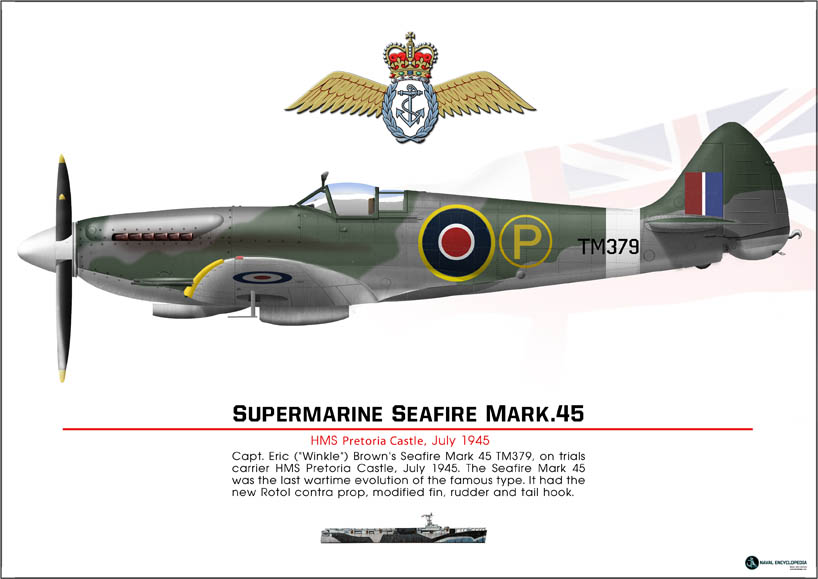
Seafire Mark 45; HMS Pretoria Castle
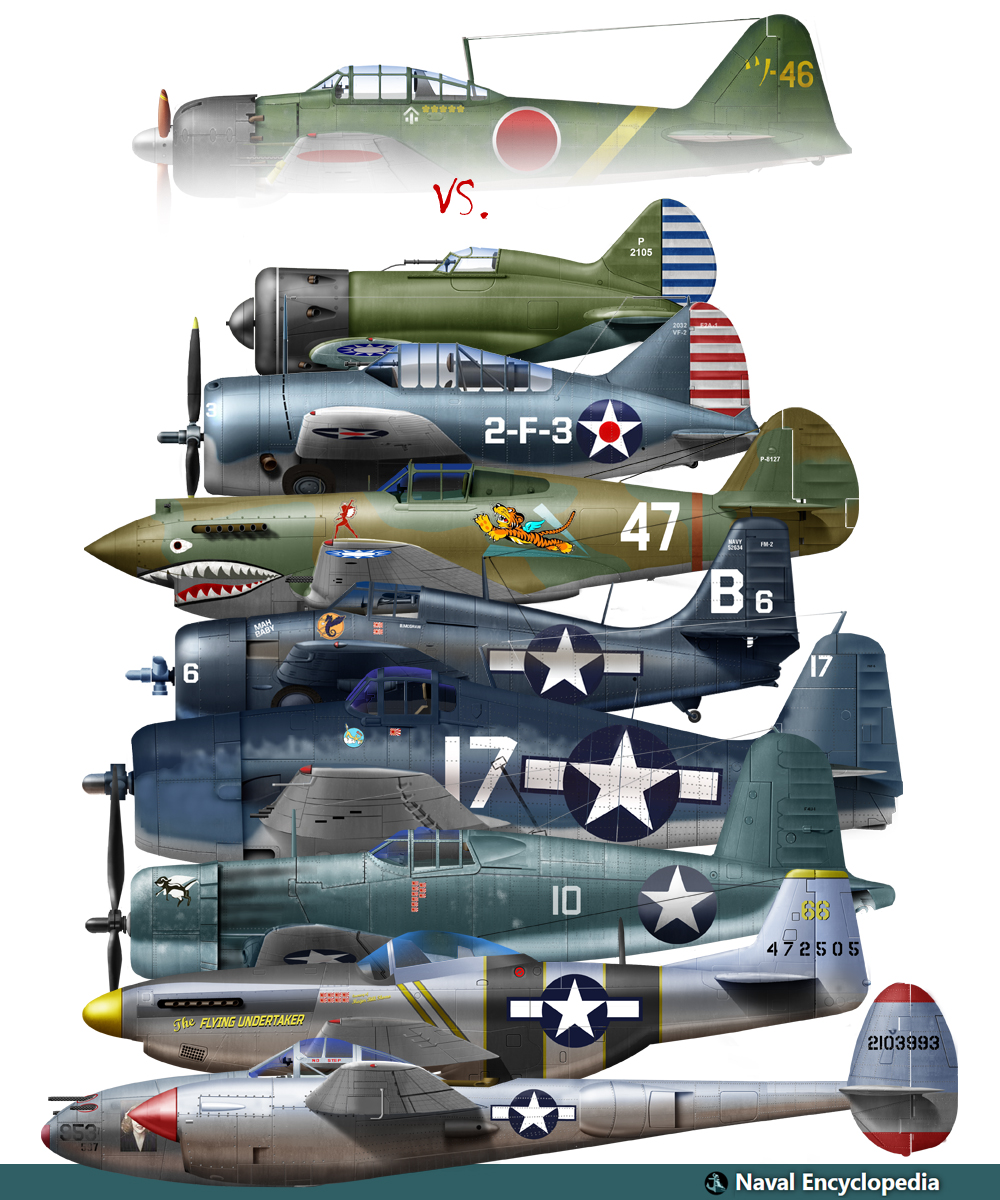
Zeros vs its aversaries
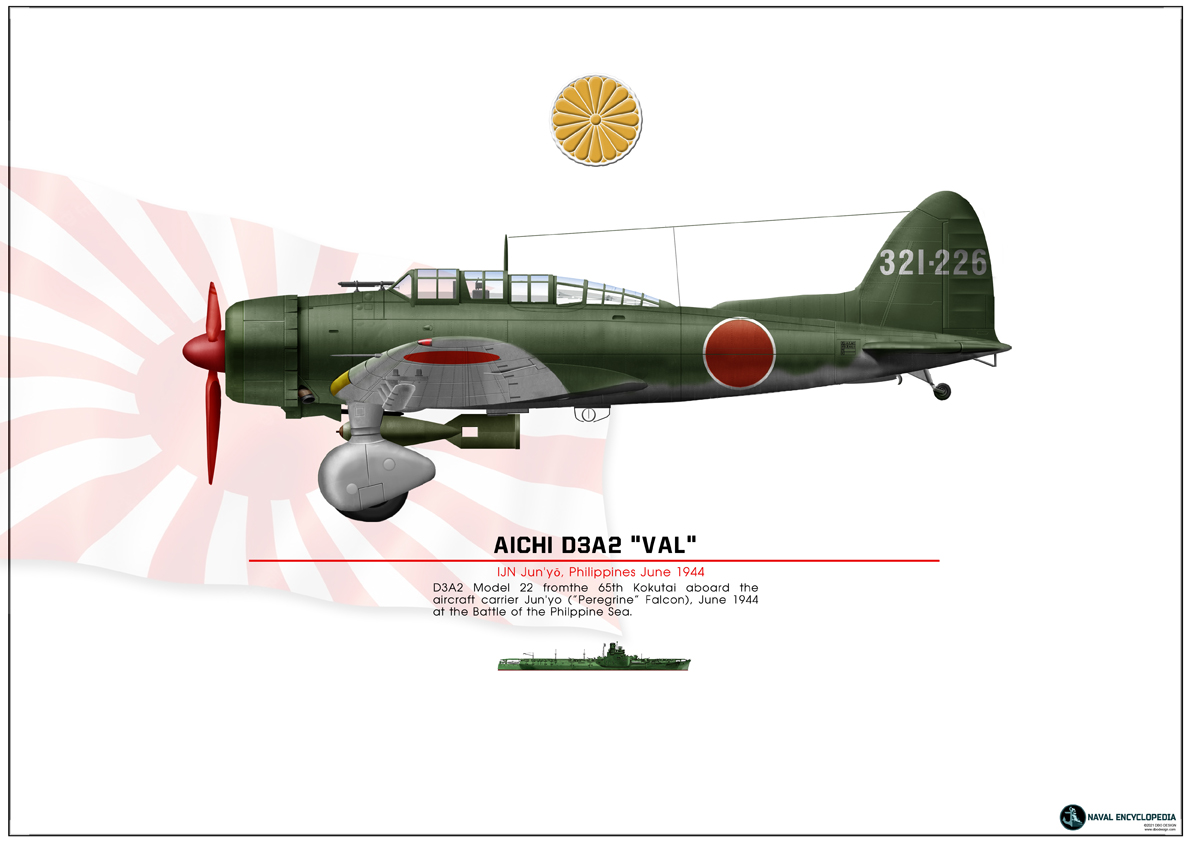
Aichi D3A “Val” Junyo
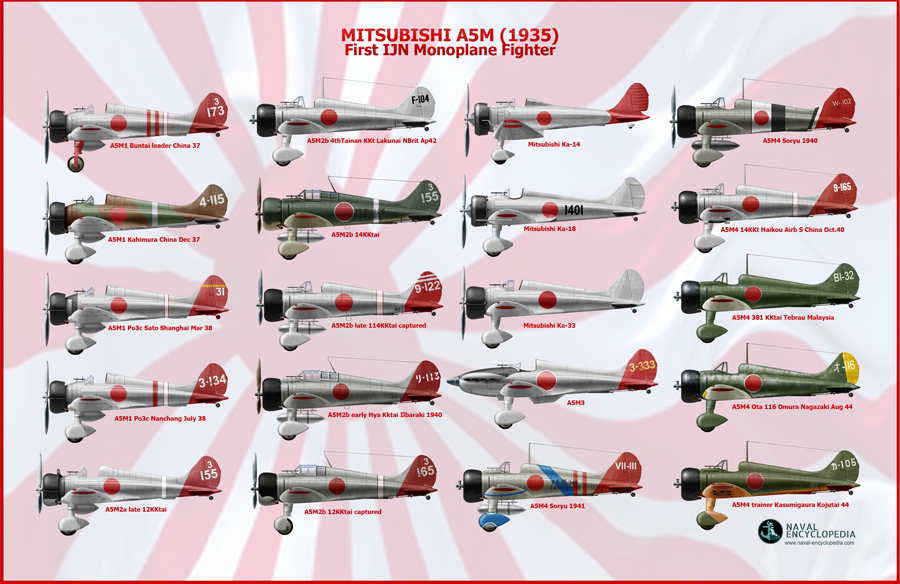
Mitsubishi A5M poster
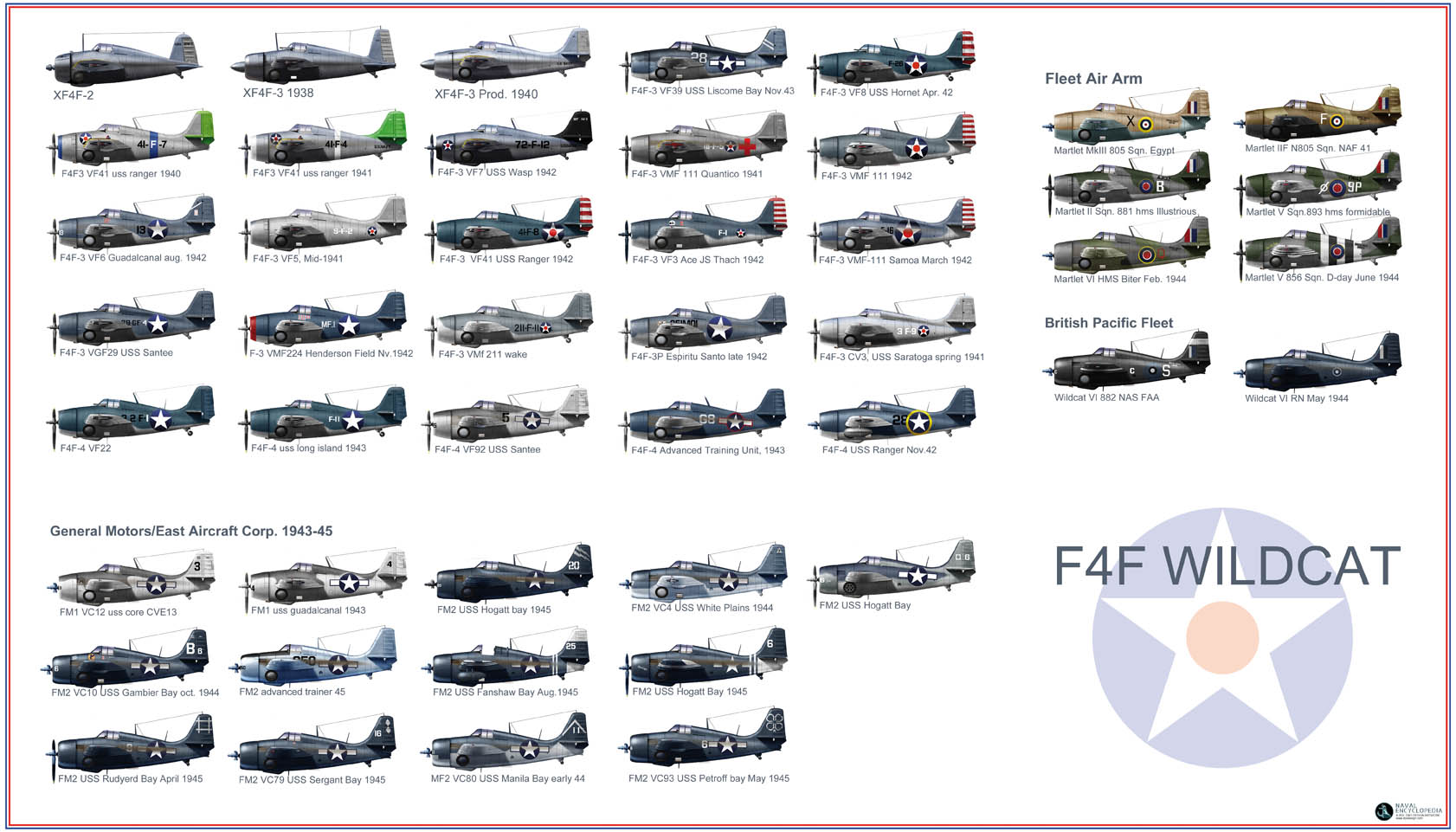
F4F wildcat
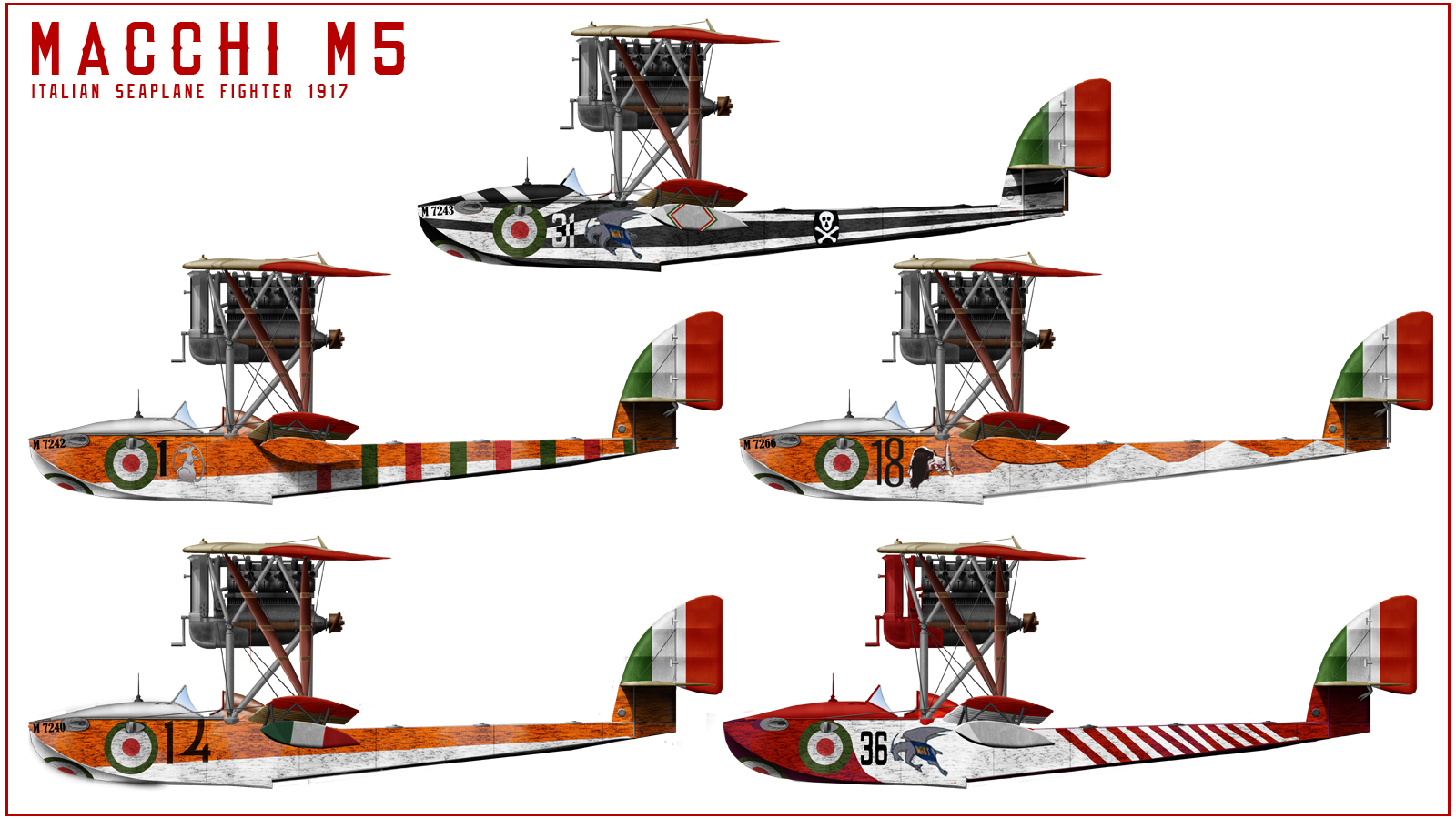
Macchi M5
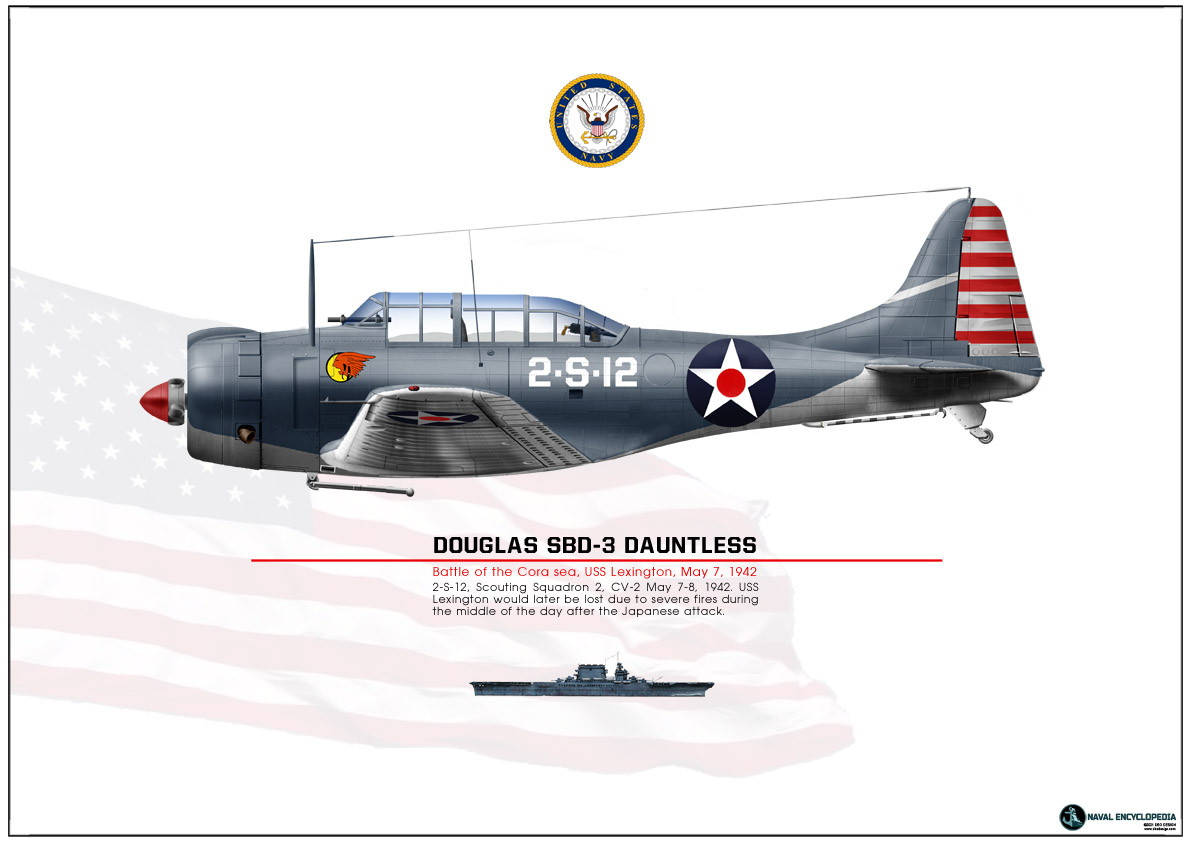
SBD Dauntless Coral Sea
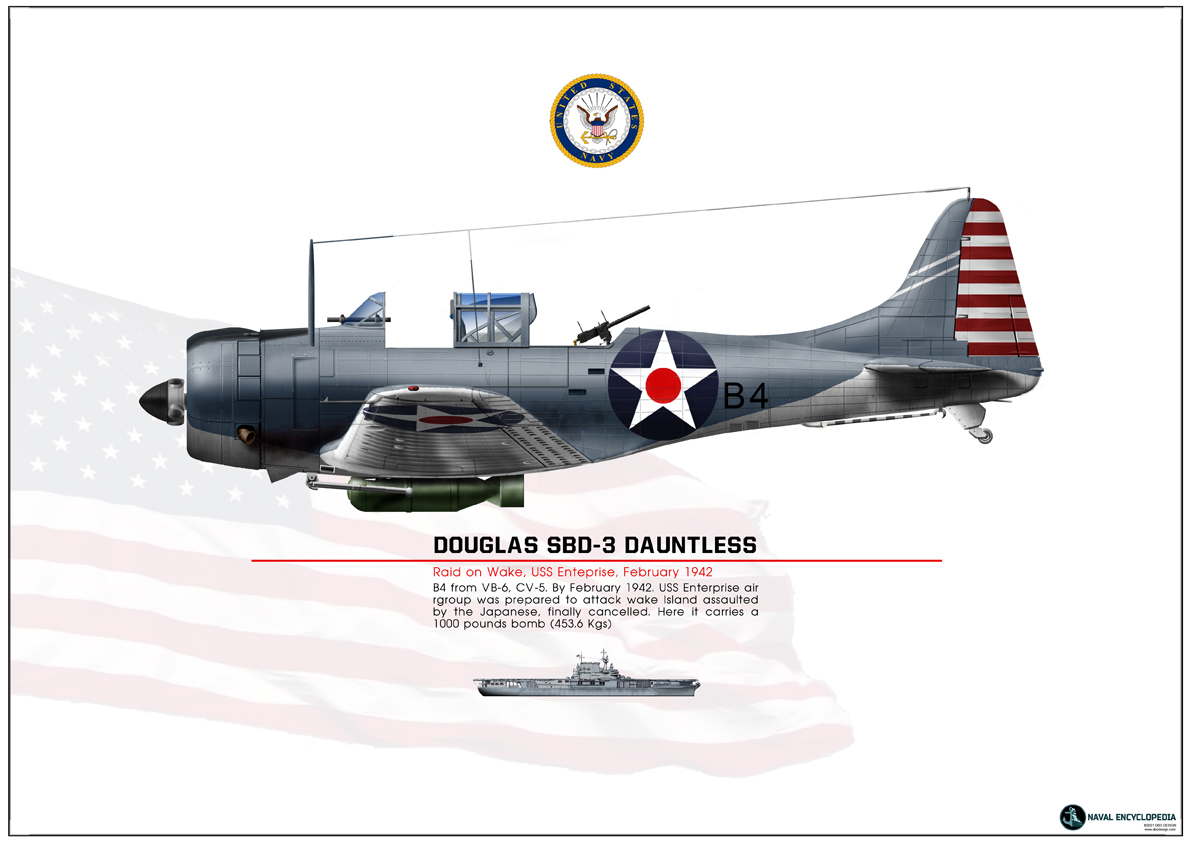
SBD Dauntless USS Enterprise
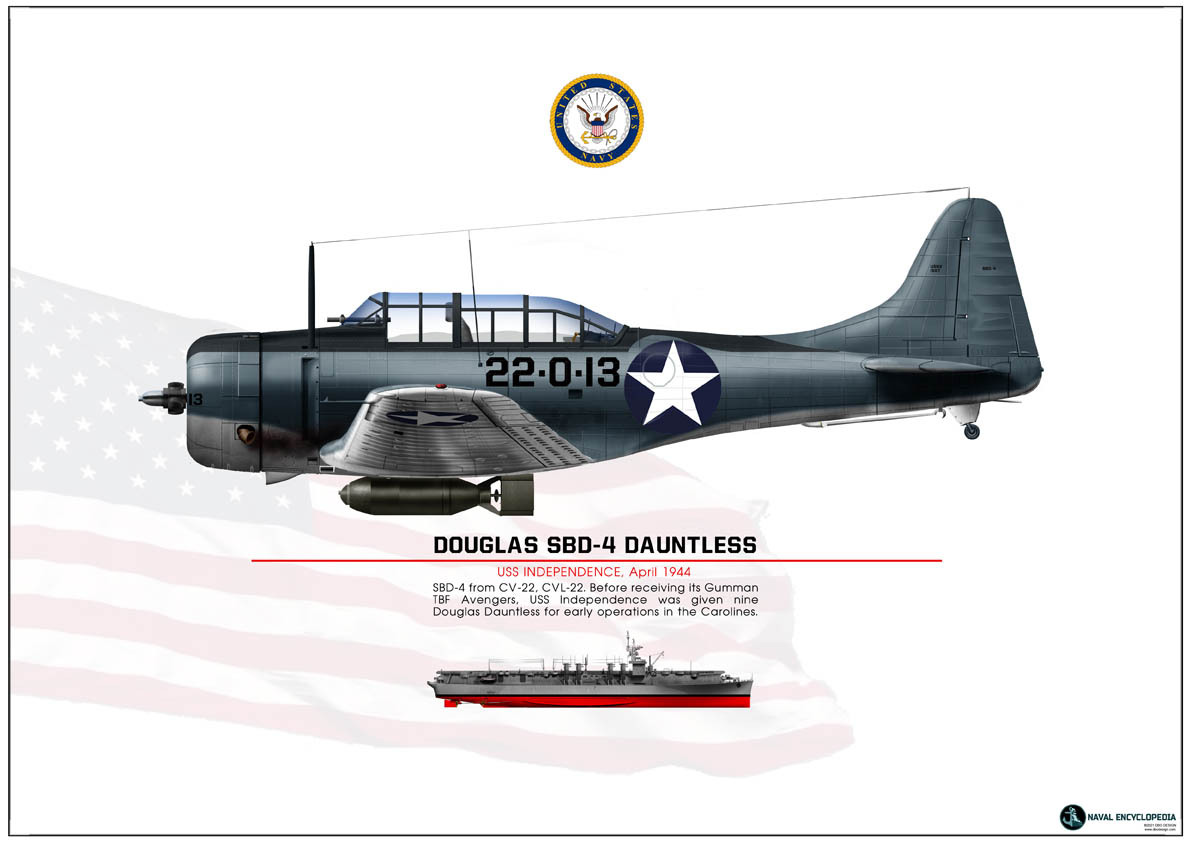
SBD-4 CV22